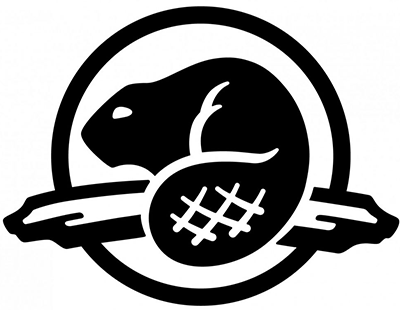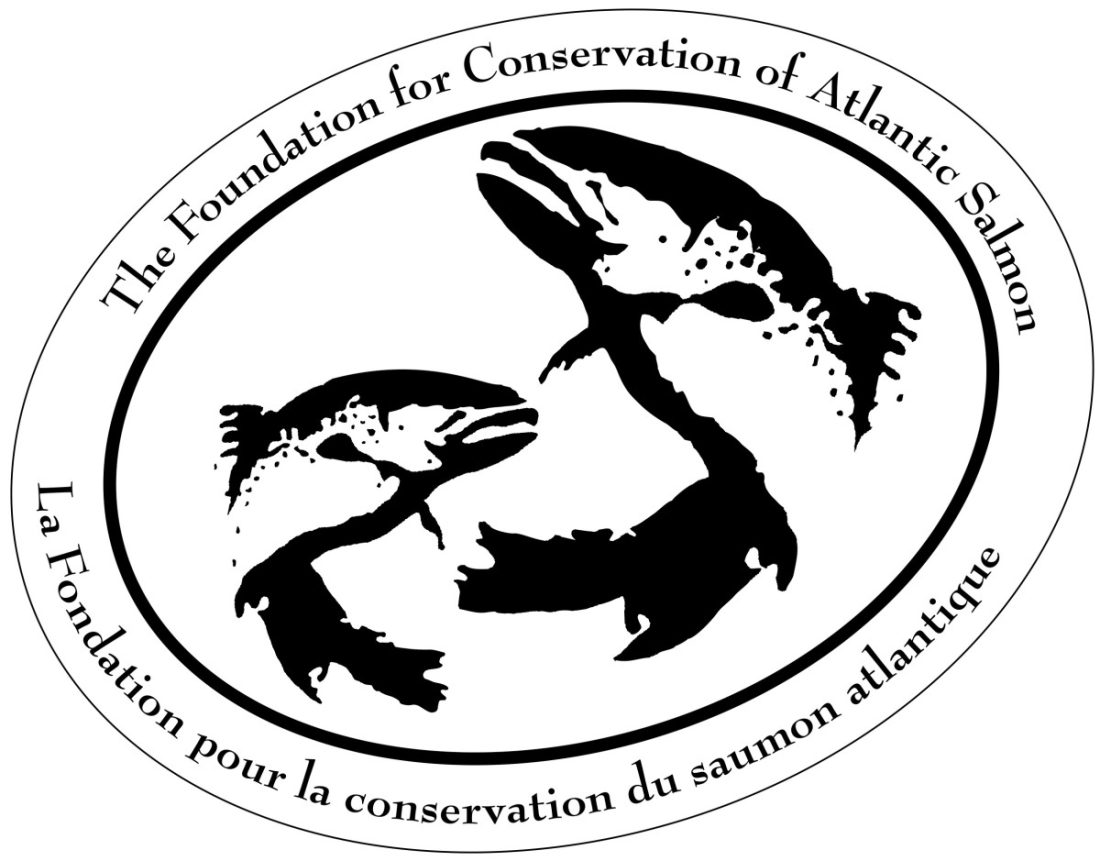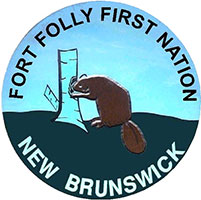Fourth Level Assessment – Aquatic Habitat Rehabilitation Plan
Opportunities for Future Restoration Activities
Restoration Framework –Stewardship Planning, Prioritization and Engagement
To address concerns within the watershed through an efficient use of finite resources (both human and financial), projects must be well prioritized, both in terms of the needs of the river, and those of the landowners on who’s property the project is taking place. Fort Folly Habitat Recovery has developed a series of Stewardship Plans on a watershed-by-watershed basis within the Petitcodiac River system, of which this Stewardship Plan for the main stem of the Petitcodiac River is one. These plans provide a means of tackling the challenging task of identifying local problems, determining which ones warrant immediate attention, and determining how to proceed with them once chosen. This process is laid out in Figure 32 and Figure 33.
The field work that makes up the Third Level Assessment (Aquatic and Riparian Habitat Assessment) informs decision making by providing the wide context necessary to prioritize and target project selection. Without it, decisions about which project to undertake would be made without proper appreciation of how needs at a given site compare to those at other sites elsewhere in the system. At this point there is also an opportunity to ensure that efforts are well distributed across the watershed by including consideration of where previous projects have been done, to avoid focusing too much effort in just one area within too short a time period.

Applying such information, project selection can then proceed along the flowchart presented in Figure 33, where once identified, potential projects can be ranked according to their anticipated impact and viability. Viability is determined in part by the costs and benefits of the project, but is also dependent upon landowner interest, which comes from (to the extent practical) incorporation of landowner input into planning the project so that it is consistent with the landowner’s needs.

Following this two-part selection process not only aids in decision making within the organization, doing so subsequently builds the case for any individual project when pursuing resources from outside the organization to undertake it, by providing the evidence to explain to others why it is necessary. This also creates further opportunities for outreach and engagement with landowners, through accessing and participating in existing social networks. Only once a project has been determined to be both worthwhile and feasible through this process should it then proceed to the design phase.
Given finite resources, the value of a project with regards to advancing salmon recovery is one of the strongest considerations in prioritizing project selection within the Petitcodiac as a whole. The detection of numerous iBoF Atlantic salmon redd sites in both the Little River and the Pollett River from 2011 onward demonstrates the importance of the spawning gravel in both Petitcodiac tributaries. Consequently work within those tributary watersheds is of necessity, a greater priority than along the main stem. Projects on the main stem of the Petitcodiac come at the expense of undertaking similar projects elsewhere that, regarding salmon recovery, are likely to yield greater benefits. The main stem serves mostly as a travel corridor that salmon, such as the wild return caught at the head-of-tide in 2021, pass through to access those tributaries. Likewise the precocious parr seen in 2023 came out of those tributaries looking for returning adults. That being the case, work within those tributaries likely provides the greatest benefit to salmon being seen on the main stem.












